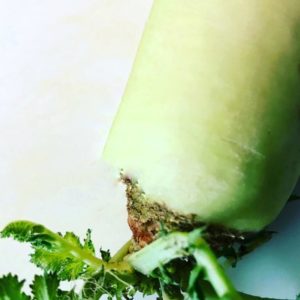 The weather greatly affects the preparation of sushi. Right from handling og sushi rice, preparing ingredients and making sushi with your hands.
The weather greatly affects the preparation of sushi. Right from handling og sushi rice, preparing ingredients and making sushi with your hands.
Japanese sushi is a dish that focuses on individual ingredients. I know well that in a lot of countries many different ingredients are used in most sushi restaurants. If you look at authentic Japanese sushi there are quite a few ingredients included.
When the food becomes so simple your “mistake” is easily shown since you cannot hide anything, including the weather.
It is one of the reasons it takes Japanese sushi chefs many years to cook sushi rice to perfection which is a must if you work in a sushi restaurant.
On the Sushi course for beginners the attendances will learn what it takes to cook sushi rice to perfection.
_
Zoë has held sushi courses and cooking classes for A. P. Moller – Maersk, Hugo Boss Nordic, Novo Nordisk, Novartis, Velux, Gorrissen Federspiel, Beierholm revision, Elbek & Vejrup and many more.







